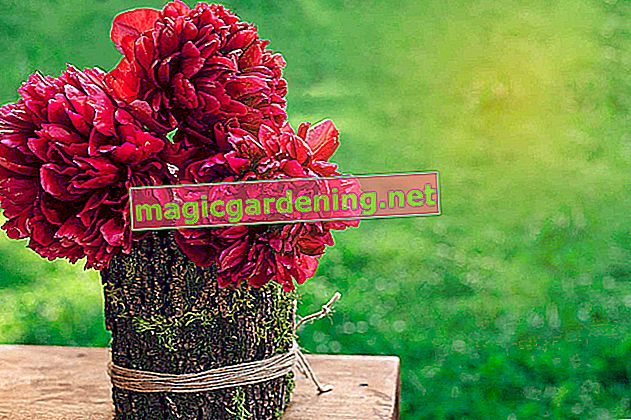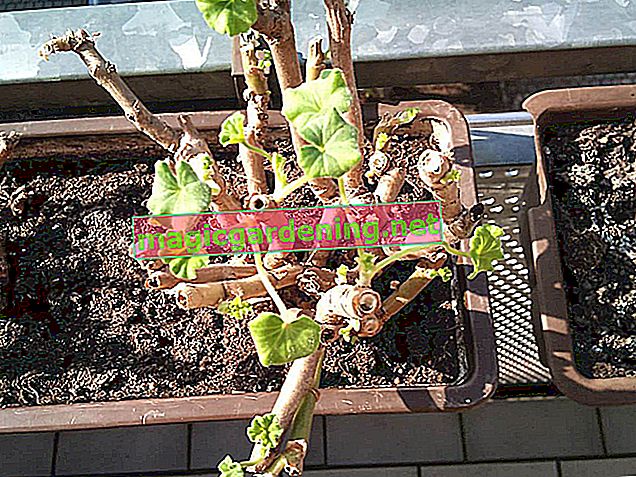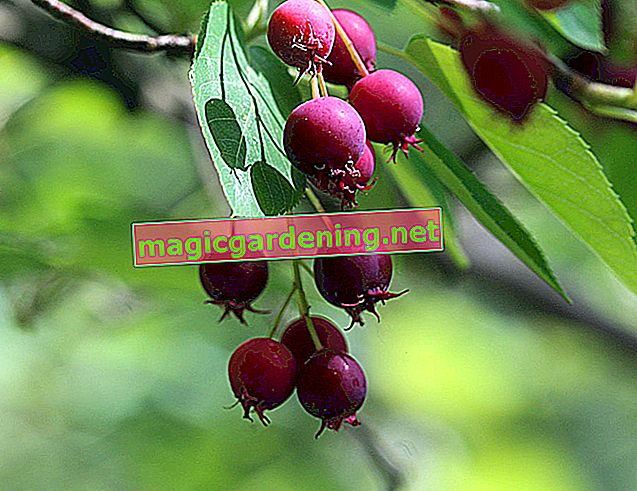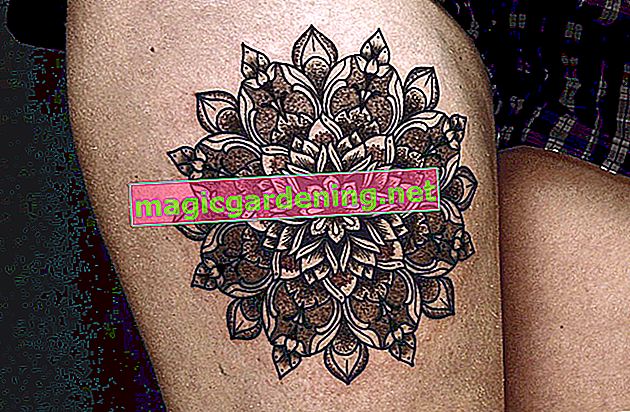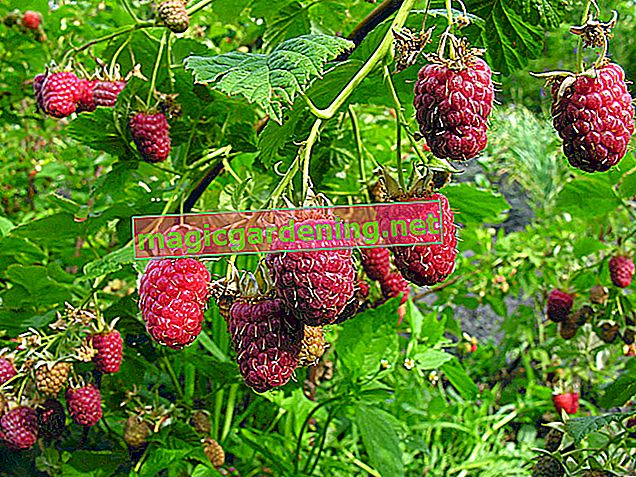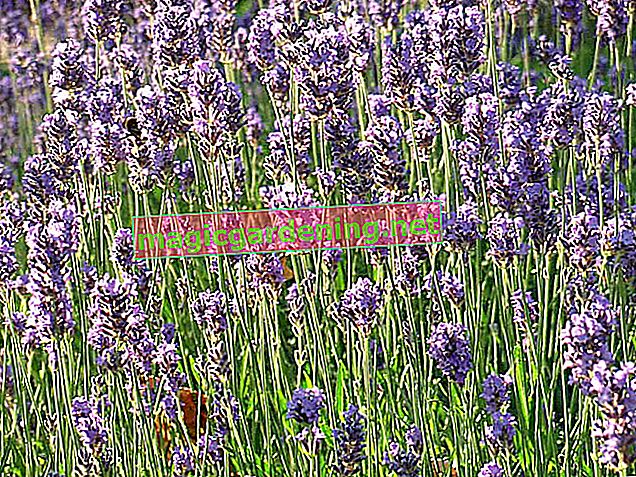
Fungal diseases are due to location and / or care errors
Most diseases or infections in the Japanese maple are due to incorrect care and / or an unsuitable location. This maple species is particularly susceptible to powdery mildew and the notorious Verticillium wilt. Powdery mildew is typical when the plant is not watered enough on hot summer days. Frequent watering of the leaves can also cause the disease, which is why the leaves should not be wetted when watering. The pathogens of the Verticillium wilt, in turn, originate from the ground and penetrate from there into the ducts of the wood.
also read
- Japanese maple threatened by diseases such as verticillium wilt
- Ball trumpet tree is prone to Verticillium wilt
- Robust Japanese maple is not prone to disease
How do you recognize Verticillium wilt?
The causative agents of the wilt disease are verticillium fungi living in the soil, which mainly penetrate the wood and block the pathways there. As a result, the Japanese maple is no longer supplied with sufficient nutrients and water, so that it gradually dies. The first signs are drying up leaves and shoots on previously healthy plants that seem to have died for no reason.
What can you do about Verticillium wilt?
Unfortunately, there is no effective fungicide against Verticillium wilt. As the only rescue attempt, you can transplant or dig up affected Japanese maples and put them in a pot and also cut back generously. Under no circumstances should the clippings be put on the compost, but should be removed with household waste. You can also activate the resistance of the wood with herbal tonics.
What causes dried up and / or discolored leaves?
The so-called leaf tip drought occurs in Japanese maples above all when the location is too drafty or too windy. Otherwise, brown leaf spots in very exposed, sunny places indicate burns from the sun, while dry and / or discolored leaves are usually due to excessive dryness or waterlogging.
Common pests: mites and plant lice
Pests such as spider mites and gall mites, aphids or scale insects are also an indication that the Japanese maple either does not feel comfortable in its location or is being cared for incorrectly.
Tips
A transplanted Japanese maple should only be done if there is really no other way. Ornamental trees often react to root damage with fungal attack, especially with the Verticillium pathogen.

